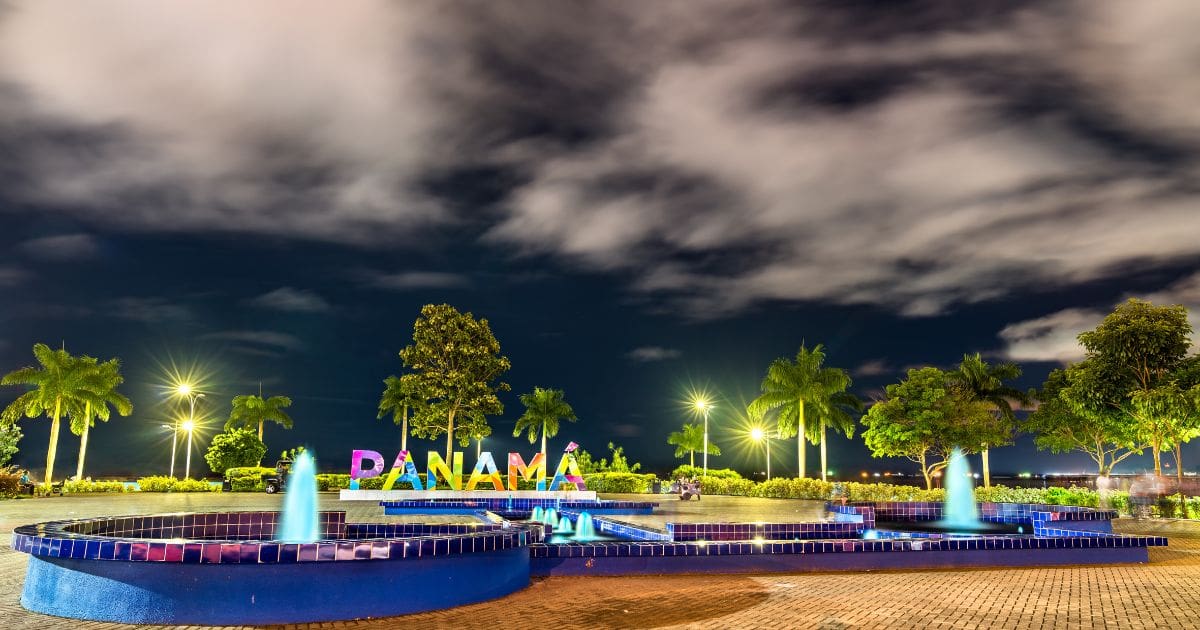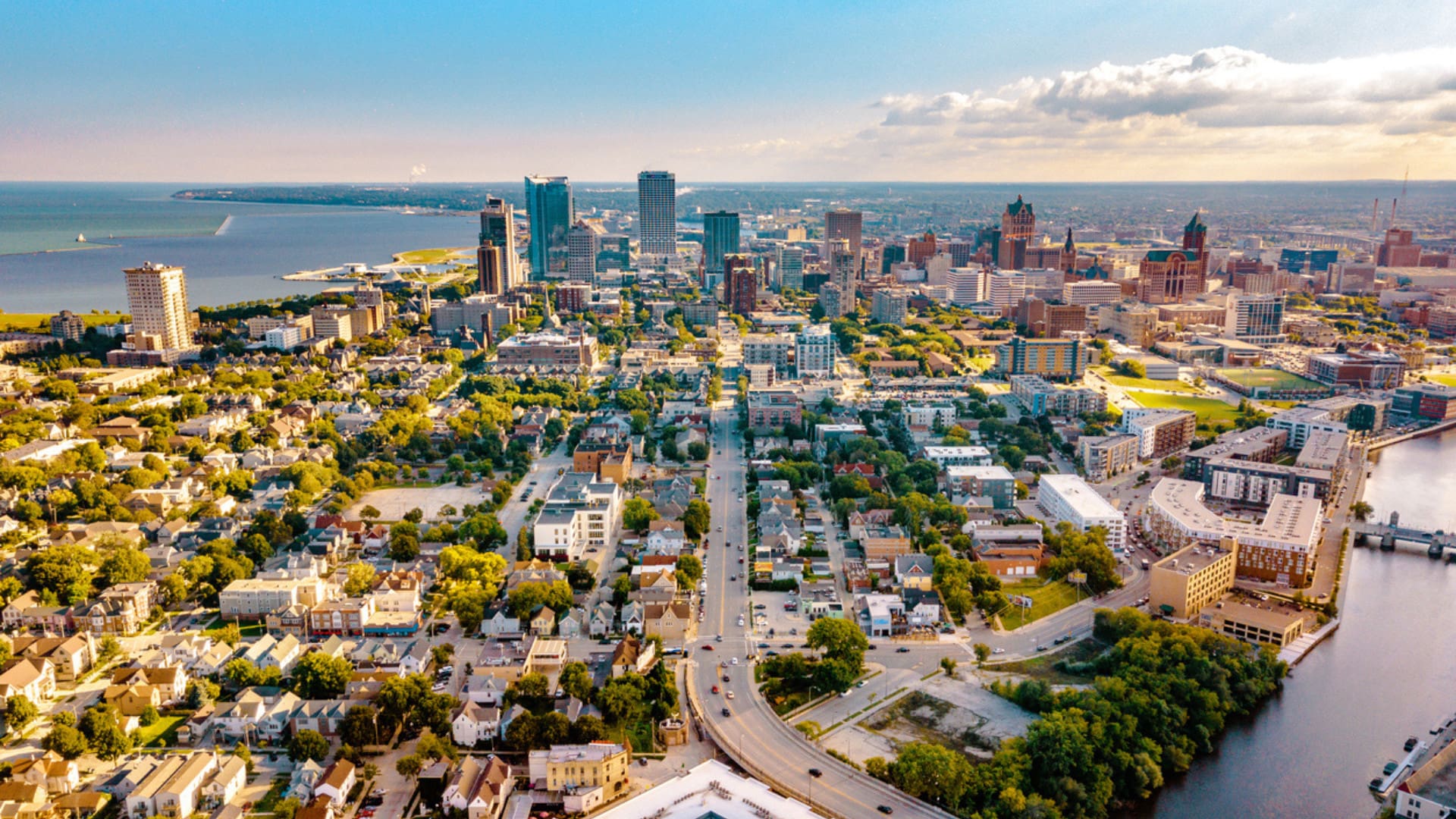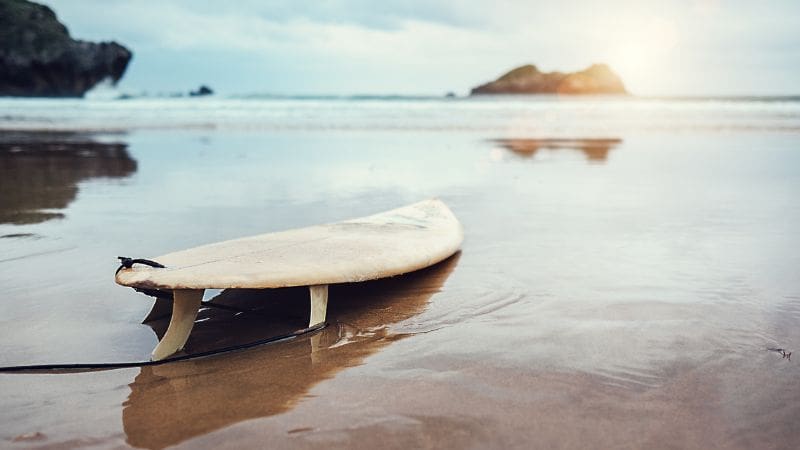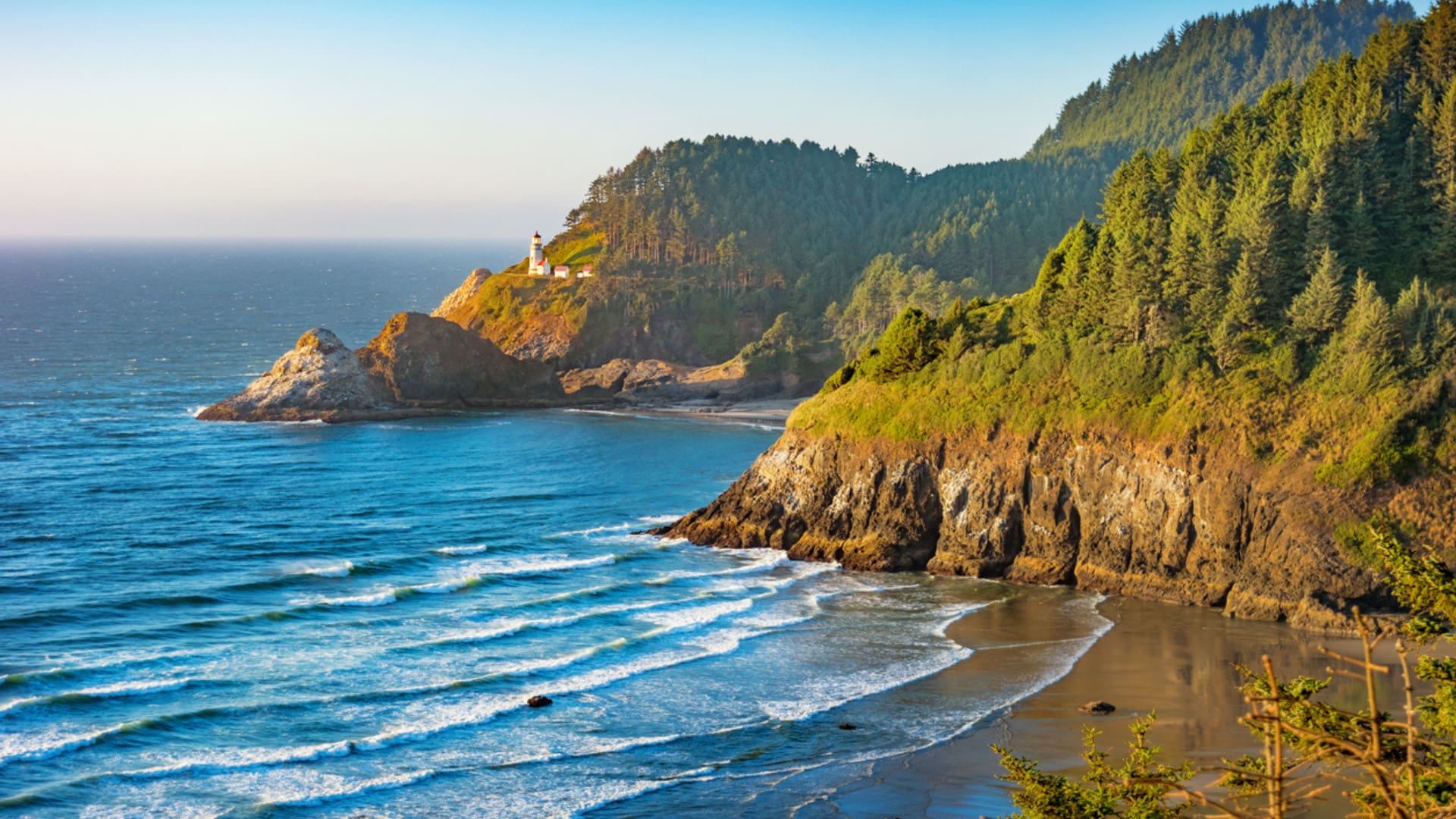Panama has two main seasons: dry and sunny weather, and a wetter one. This means timing is important when planning your dream trip to this Central American country, and the best time to visit Panama depends on what you want to do.
If you dream of relaxing on beautiful beaches, exploring lively cultural festivals, or spotting wildlife in the rainforest, there’s a perfect time of year for each. Even if you’re traveling on a budget, you can find a great time to visit Panama.
Two Climates in Panama: Wet and Dry Seasons
The two distinct seasons of Panama are the dry season (mid-December to mid-April) and the wet season (May to mid-December). Here’s what you need to know.
Dry Season
During the dry season in Panama, also known as “summer” by locals, you can expect sunny skies, minimal rainfall, and lower humidity levels. Temperatures range from a comfortable 20°C (68°F) to a warm 31°C (88°F). This is the perfect time for outdoor activities and exploring Panama’s natural wonders.
But keep in mind that the dry season coincides with the peak tourist season. Popular destinations like the San Blas Islands and Panama City can get crowded, and prices for accommodations and tours tend to be higher. If you prefer fewer crowds and good deals, you can visit Panama during the shoulder months of May or November.
Wet Season
On the other hand, the wet season, or “winter” in Panama, brings more rainfall, especially on the Caribbean coast. The Pacific coast experiences a more defined wet season from May to November.
Despite the rain, the wet season offers its unique advantages. The rainforests are at their lushest, waterfalls are more spectacular, and there are fewer tourists. You can also often find great deals on accommodations and tours during this time.
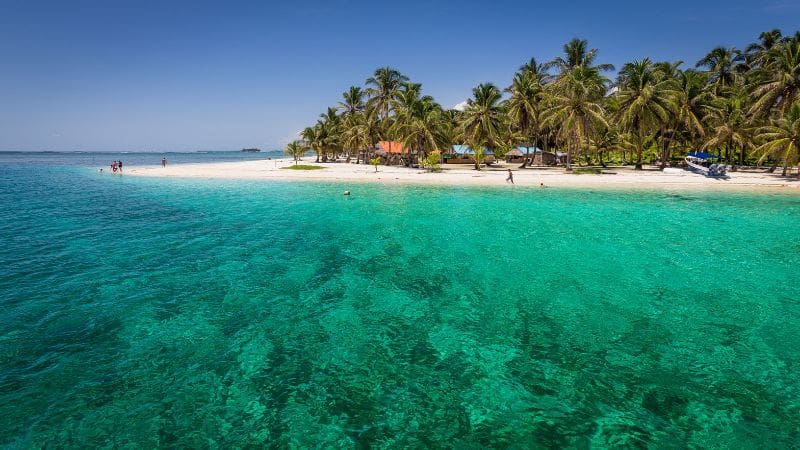
Regional Differences: Pacific Coast vs. Caribbean Coast
Panama is a relatively small country with only 74,340 km2 (28,703 mi2). That said, there are some notable differences in weather patterns between the Pacific and Caribbean coasts.
Pacific Coast
The Pacific coast, which includes popular travel destinations like Panama City and the Pearl Islands, experiences a more pronounced difference between the dry and wet seasons.
During the dry season, there is plenty of sunshine and minimal rainfall. This is the perfect time to visit the beaches and explore the Panama region’s attractions.
Panama City’s daytime temperatures range from 29°C (85°F) in November to 33°C (91°F) in April. At night, temperatures range from 23°C (73°F) in January to 25°C (77°F) in May.
The wet season in Panama City usually starts in May. On these days, the number of rainy days and rainfall amounts increases, peaking in November with 19 rainy days and 351 mm (13.84 in) of rainfall.
Caribbean Coast
In contrast, the Caribbean coast, famous for its hotspots like Bocas del Toro and the San Blas Islands, tends to have more consistent rainfall throughout the year.
Even during the dry season, travelers might encounter the occasional shower. But they’re usually short-lived and won’t dampen your plans.
Interestingly, the Bocas del Toro islands experience their driest months in September and October. For travelers, it’s a great time to visit to escape the crowds and enjoy a more laid-back island atmosphere.

The Best Time to Visit Panama Based on Your Interests
Now that you’ve learned about the country’s climate and regional differences, let’s find out when the best time to visit Panama is based on your interests and priorities.
For Beach and Outdoor Enthusiasts
Panama’s dry season (mid-December to mid-April) is the perfect time to visit for a vacation filled with sunshine, beautiful Panama beaches, and outdoor adventures. Minimal rain and pleasant temperatures create ideal conditions for hiking, snorkeling, surfing, and simply relaxing on the sand.
Some of the best spots to check out during the dry season include:
- The San Blas Islands: This archipelago of 365 islands is a true paradise. Its crystal-clear waters, white sandy beaches, and vibrant indigenous culture make it a unique and culturally rich experience. The Kuna people inhabit only 50 of these islands.
- Bocas del Toro: Nestled on the coast of the Caribbean, Bocas del Toro is known for its stunning beaches, incredible biodiversity, and laid-back vibe. It’s perfect for snorkeling, diving, and exploring the surrounding mangrove forests.
- The Gulf of Chiriquí: This region on the Pacific coast offers some of Panama’s best surfing, sport fishing, and scuba diving. It’s also home to Coiba Island, a UNESCO World Heritage Site known for its clean beaches and diverse marine life.
Important Tip: Book your accommodations and travel tours well in advance, as this is the busiest time of year.
For Culture and Festival Enthusiasts
If you’re eager to experience Panama’s rich culture and traditions, plan your trip around one of the country’s many vibrant festivals and events. Here are a few of the biggest celebrations to consider:
Carnaval (February/March)
This four-day bash before Ash Wednesday throws Panama into a celebratory frenzy. Expect vibrant parades overflowing with elaborate costumes, nonstop music pulsating through the streets, and plenty of street dancing—day and night.
Panama City takes center stage during Carnaval. Look out for the unique tradition of “culecos” (water trucks), offering a refreshing cool down in the tropical heat.
Panama Jazz Festival (January)
Held yearly in Panama City, this world-famous festival is a must for jazz fans. Top musicians from across the globe make this an experience you won’t forget. If you’re an aspiring musician, the workshops and clinics are a fantastic learning opportunity.
Feria de las Flores y del Café (January)
Experience this celebration of flowers and coffee in the charming mountain town of Boquete. The air hums with traditional dances, incredible local food, and live music. You can even tour nearby coffee plantations for a behind-the-scenes look at where your morning brew comes from.
Fiestas Patrias (November)
Panama celebrates independence with three days throughout November (the 3rd, 10th, and 28th). Parades showcase the nation’s history, fireworks light up the sky, and there’s a celebratory atmosphere everywhere. It’s a great time to experience the pride of Panama.
Important Tip: These major events are popular with both locals and tourists. For a less hectic trip, book your accommodation and transportation well in advance.
Whale Watching Enthusiasts
Time your Panama trip between July and October for the best chance to witness a truly breathtaking sight—the migration of humpback whales along the Pacific coast. These gentle giants put on a spectacular show, and some of the best places to catch the action include:
- The Gulf of Chiriquí: This region has two national marine parks (Coiba Island and the Gulf of Chiriquí National Park), making it a whale-watching haven. Humpbacks love these warm waters, so you might just see them breaching or playing around the islands.
- Pearl Islands: Situated just off the Pacific coast, the Pearl Islands offer a prime destination for whale-watching adventures. You may also encounter dolphins, sea turtles, and many seabirds, making it a diverse wildlife-watching experience.
- Taboga Island: This is your spot for a quick whale-watching escape from Panama City. Known as the “Island of Flowers,” Taboga Island is a short ferry ride away. The clear waters offer excellent visibility, perfect for spotting whales and other marine life.
Several tour operators offer dedicated whale-watching trips in Panama. Due to their popularity, it’s advisable to book your spot on the boat in advance.
Budget-Conscious Travelers
If budget-friendly travel is your priority, consider visiting Panama during the wet season (May to November). While you might encounter some rain, the benefits are enticing. You’ll often find lower prices on accommodations and tours, as well as fewer crowds at popular attractions. Here’s what you can expect during the wet season:
Rainforest Adventures
Panama’s rainforests transform during the wet season, becoming incredibly lush and vibrant. This is a prime time for hiking and spotting diverse wildlife. The famous Pipeline Trail in Soberanía National Park, known for its abundance of monkeys, sloths, and colorful tropical birds, is an excellent choice.
Chasing Waterfalls
Panama’s waterfalls become even more awe-inspiring with the added rainfall. Must-visits include the Los Cajones de Chame Waterfall in Chame and the breathtaking Santa Fé Waterfall in Veraguas Province.
Hidden Gem Hunters
The wet season offers a unique opportunity to explore Panama’s lesser-known gems without the crowds. Discover the colorful markets and nearby hot springs of the mountain town El Valle de Antón, or experience the relaxed surfer’s paradise of Santa Catalina, known for its fantastic waves and laid-back atmosphere.
Important Note: The heaviest rains typically occur in September and October. This can make some remote areas more difficult to access due to landslides. With careful planning and flexibility in your itinerary, you’ll be well-prepared to enjoy all that Panama’s wet season has to offer.

Timing Your Trip Based on Weather: Temperature, Rainfall, and Humidity
While Panama is a fantastic destination year-round, understanding its distinct weather patterns is important. Here’s a breakdown of what you can expect regarding temperature, rainfall, and humidity levels:
Temperature
Panama’s pretty consistent year-round. Expect average highs between 30°C to 32°C (86°F to 90°F) and average lows from 23°C to 24°C (73°F to 76°F). Just remember that mountain areas tend to be a bit cooler and the coasts a touch hotter.
Rainfall
The distinction between Panama’s dry (mid-December to mid-April) and wet (May to mid-December) seasons is significant. During the dry season, expect approximately 3.8 cm (1.5 inches) of rain per month.
The wet season brings a substantial increase in rainfall, averaging around 25-30 cm (10-12 inches) per month, with September and October being the rainiest periods. The rainy season typically delivers an estimated 250-700 millimeters (mm) across the country, with an average annual rainfall of 1900 mm (75 in).
Humidity
Panama is generally humid, averaging around 80% throughout the year. But, humid days are less common during the dry season and way more frequent during those wet months. Panama City’s humidity in May is around 84%, which is above average but usually manageable for most visitors.
Important Note: As of 2024, Panama is still battling a major drought that started in early 2023. This has caused problems with shipping through the Panama Canal because water levels in Gatún Lake have dropped significantly.
Final Thoughts
Ultimately, the best time to visit Panama depends on your travel priorities. If beaches and sunshine are what you crave, the dry season is ideal. For a vibrant cultural experience, plan your trip around Carnaval or the Panama Jazz Festival.
Wildlife enthusiasts might align their visit with whale migrations, while budget-minded travelers will appreciate the lower prices and fewer crowds of the shoulder seasons. If lush rainforests and stunning waterfalls are your dream, Panama’s wet season offers a breathtaking experience. Regardless of the season, Panama promises a unique and memorable adventure.
